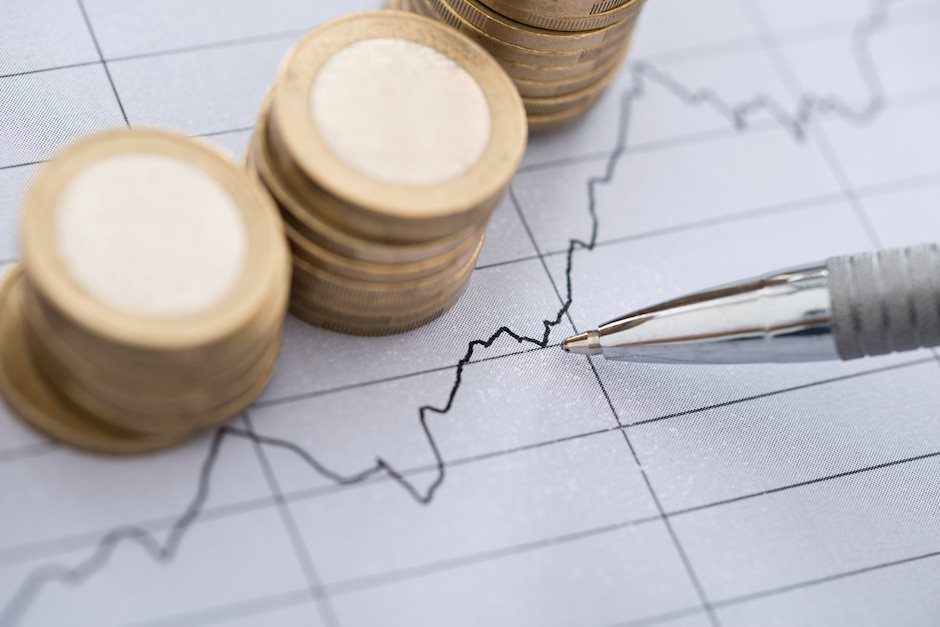Another inflation signal: Producer prices unexpectedly spike

I have argued that despite cranking up interest rates and running some assets off its balance sheet, the Federal Reserve has not done enough to beat inflation.
And here’s another sign that inflation isn’t down and out.
Producer prices rose more than expected in January.
According to the latest data from the BLS, the Producer Price Index (PPI) increased by 0.3 percent. The projection was for a much smaller 0.1 percent gain. It was the biggest jump in wholesale prices since August.
On an annual basis, things didn’t look quite as bad. Headline PPI increased just 0.9 percent. But this number primarily reflects cooling producer prices over the last several months.
Excluding food and energy prices, core PPI rose by 0.5 percent. This was a big miss to the upside, with the mainstream expecting just a 0.1 percent increase.
On an annual basis, core CPI rose 2.6 percent.
PPI excluding food, energy, and trade services jumped 0.6 percent. That was the biggest one-month jump since January 2023.
The cost of services was the primary factor driving overall PPI higher. Prices for final demand services rose 0.6 percent while the index for final demand goods decreased by 0.2 percent, according to BLS data.
Producer prices are a canary in the inflation coal mine serving as a leading indicator for consumer prices. Spikes in producer prices often spill over into the CPI down the road as businesses pass on at least some of their rising costs to customers.
One analyst quoted by Reuters warned this may not be a “one-off” report.
We would not dismiss strength in January services prices as a one-off phenomenon. This upward pressure can continue, especially for sectors like medical services that still face tight labor markets.
This report coupled with hotter-than-expected January CPI data was a gut-punch for markets desperate for the Fed to decrease interest rates.
On a monthly basis, consumer prices rose 0.3 percent, equaling the jump in prices in December. It was a steeper increase than the projected 0.2 percent. More alarming is the fact that consumer prices have gone up over half a percent (0.6 percent) in just two months.
Core CPI came in even hotter, rising 0.4 percent in January.
Looking at the bigger picture none of these numbers are anywhere near the 2 percent target. It’s clear inflation isn’t dead and buried.
As I have said, the Fed is between a rock and a hard place.
On the one hand, it can choose to stick to its guns, keep rates higher for longer, and bring down inflation. But that will almost certainly drag the economy into a crisis.
On the other hand, it can choose inflation and maybe rescue the economy. But even if it follows through with rate cuts in the hope of the mythical soft landing, it probably won't work.
The truth is the damage has already been done. In fact, the damage was done well over a decade ago when the Fed chose to cut rates to zero and run multiple rounds of quantitative easing. This incentivized mountains of debt and created all kinds of malinvestments in the economy. It simply can't continue plodding in a high-interest-rate environment.
The most likely scenario is the economy will crash no matter what the Fed does with rates in the coming months. That will force the central bank's hand. At that point, it will have no choice but to slash rates to zero and return to quantitative easing. In other words, it will be pushed to return to creating inflation even as the economy contracts.
To receive free commentary and analysis on the gold and silver markets, click here to be added to the Money Metals news service.
Author

Mike Maharrey
Money Metals Exchange
Mike Maharrey is a journalist and market analyst for MoneyMetals.com with over a decade of experience in precious metals. He holds a BS in accounting from the University of Kentucky and a BA in journalism from the University of South Florida.

















